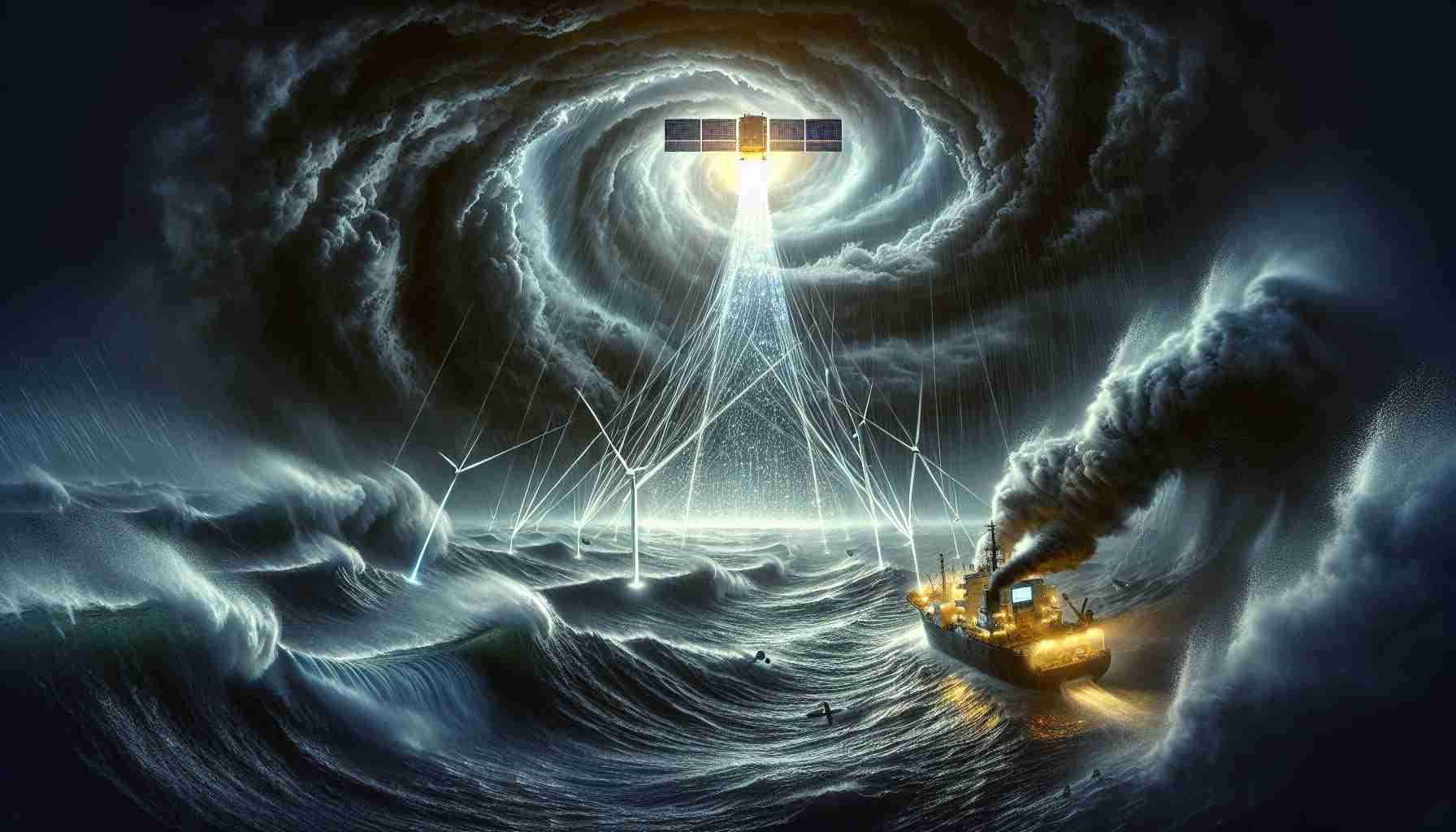
As natural disasters strike, the ability to communicate can become critically important. Recently, significant advancements in mobile technology have allowed more smartphones to connect to satellites, enabling users to send and receive messages during emergencies such as hurricanes. Unlike traditional cell networks, which rely on ground-based towers, satellite communication operates hundreds of miles above Earth, providing an alternative lifeline.
With the devastating impacts of Hurricane Milton hitting Florida, many residents faced widespread property damage, power outages, and disrupted cell service. This situation can be overwhelming, particularly when individuals cannot reach friends or family. Fortunately, there are ways to utilize satellite services when cellular options fail.
https://youtube.com/watch?v=jZu3dOXHL6Y
For iOS users, iPhone 14 and newer models can access emergency features via satellite. By navigating through the Control Center, users can initiate emergency SOS protocols, allowing them to connect with satellite services under the right conditions.
Android users have fewer options currently, with the Google Pixel 9 series being the primary devices equipped for satellite emergency access. These phones enable users to get in touch with emergency services directly and can guide them through the process effectively.
Additionally, T-Mobile has partnered with Starlink to provide improved connectivity in hurricane-impacted areas, allowing basic texting functions even when cell service is down. This service can significantly aid communication during critical times, demonstrating the potential of modern technology to bridge gaps in emergency situations.
Satellite Connectivity: A Lifeline Amid Hurricane Disruptions
As the frequency and intensity of hurricanes increase due to climate change, the importance of reliable communication becomes even more critical. Satellite connectivity is emerging not just as a luxury, but as a vital service that provides continuity during disasters. With advancements in technology, satellite communication systems are becoming more accessible, offering a lifeline for those affected by hurricanes.
What Are the Key Features of Satellite Communication During Emergencies?
Satellite communication transcends geographical limitations and is not hindered by terrestrial infrastructure. This makes it especially useful during hurricanes when traditional networks might be compromised. Key features include:
– Global Coverage: Satellites can provide signals to almost any location on Earth.
– Real-Time Communication: Users can send and receive messages instantly, a crucial aspect in emergencies when real-time updates can save lives.
– Enhanced Vehicle and Aircraft Tracking: Rescue teams can utilize satellite tracking systems to locate individuals or groups in need of assistance.
What Are the Most Important Challenges Associated with Satellite Connectivity?
While satellite communication offers significant advantages, there are several challenges:
– Cost of Services: Satellite services can be expensive compared to traditional cell networks, which may deter wide adoption among average consumers.
– Device Compatibility: Connectivity is still largely dependent on modern devices that support satellite communication, limiting options for users with older models.
– Latency Issues: Not all satellite systems offer low-latency communication. This is particularly challenging when immediate responses are essential.
Advantages and Disadvantages of Satellite Communication
Advantages:
1. Reliable Communication: Provides a stable communication channel when ground networks are down.
2. Wide Accessibility: Less susceptible to geographical barriers, broadening emergency response reach.
3. Support for Various Devices: Many modern smartphones and dedicated devices can utilize satellite networks.
Disadvantages:
1. High Costs: Subscriptions and device costs can be prohibitive for some users.
2. Limited Data Speeds: While satellite technology is improving, data speeds may still lag behind traditional broadband.
3. Dependence on Infrastructure: Although satellites operate independently, they still rely on ground stations and user devices, which can be vulnerable.
What Future Developments Are on the Horizon for Satellite Connectivity?
The space industry is seeing a growth in satellite constellations designed for global internet coverage, like Elon Musk’s Starlink and Amazon’s Project Kuiper. These developments promise to enhance not only internet access but also emergency communication capabilities. The advent of more advanced satellite technologies, capable of supporting both voice and video communication during emergencies, could revolutionize the way people connect during disasters.
In Conclusion
Satellite connectivity stands as a significant lifeline during natural disasters like hurricanes. As technology advances and more users adopt compatible devices, the efficiency and accessibility of satellite communications will likely improve. Bridging the communication gap during emergencies can save lives and expedite relief efforts.
For further information on satellite technology and its applications, visit NASA and SpaceX.



